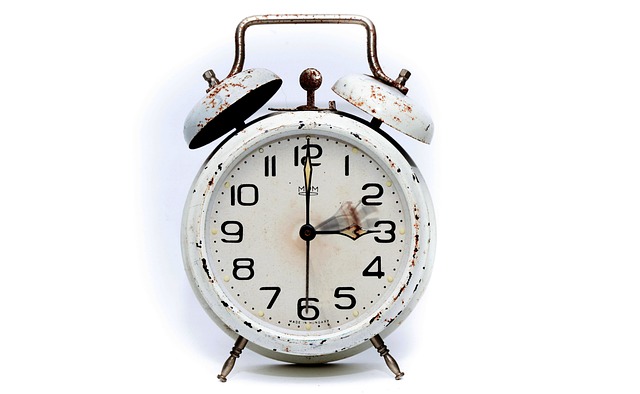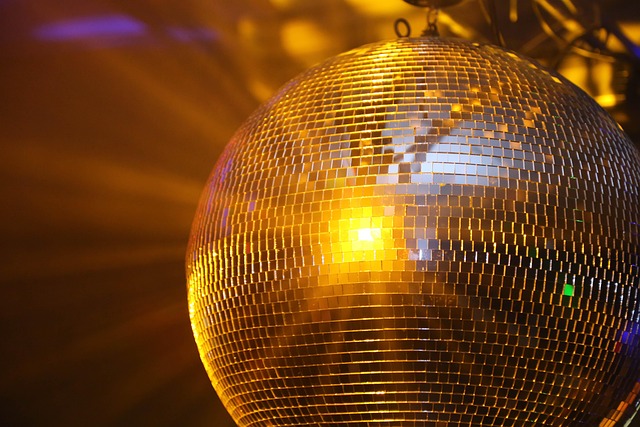
Exploring Tempo Changes: Impact on the Entertainment Industry
The entertainment industry has always flourished on the principles of innovation and creativity, and one of the most fascinating elements that drives this creativity is the concept of tempo change. In music, tempo change isn’t just a simple adjustment; it can completely recalibrate the emotional landscape of a piece, inspiring the audience to feel everything from exhilaration to contemplation. This transformative power extends far beyond the music industry, permeating various facets of entertainment such as concerts, festivals, and cinema.
Consider a live concert, where the atmosphere pulsates with energy. Artists often manipulate tempo to elevate the crowd’s spirits. A sudden shift to a faster tempo during a peak moment can create an overwhelming sense of excitement, prompting fans to dance and cheer. When a seasoned artist slows down the beat, it allows for introspective moments where fans connect with the lyrics on a deeper emotional level. This interplay of tempo change fosters an enduring bond between the performers and the audience, transcending mere entertainment.
At festivals, where myriad artists perform across diverse genres, tempo change plays a crucial role in curating the experience for attendees. A DJ can gradually shift tempos throughout a set, guiding listeners on a musical journey. These deliberate changes can evoke different feelings, ranging from euphoria to nostalgia, setting the tone for the entire festival. This dynamic nature of tempo change transforms mere music into a shared experience, making festivals a playground for emotional exploration.
In the realm of cinema, the significance of tempo change is vividly illustrated through the use of soundtracks. A film’s score is meticulously crafted to adjust the pacing and emotions of each scene. Imagine a suspenseful thriller: a rapid tempo might heighten anxiety, propelling the audience towards the edge of their seats, while a slow tempo could invite moments of reflection, allowing viewers to digest critical plot points. The ability of directors and composers to intertwine these elements is what makes cinematic storytelling so captivating.
The music industry thrives on the concept of tempo change as well. Producers and artists have increasingly recognized its potential; songs with unexpected tempo shifts often stand out on playlists and become anthems. They capture attention, compel listeners to relisten, and even inspire viral dance challenges. The rhythmic variations create engaging hooks that resonate across demographics, solidifying the artist’s presence within the competitive landscape of modern music.
Ultimately, the impact of tempo change on the entertainment industry is profound. By influencing emotions and guiding experiences, it elevates concerts, enriches festivals, enhances cinematic storytelling, and defines musical expression. As fans continue to seek out new connections through their favorite forms of entertainment, tempo change will undoubtedly remain an essential tool in the creative arsenal, providing a gateway to deeper engagement and enjoyment in the diverse universe of zene (music).

